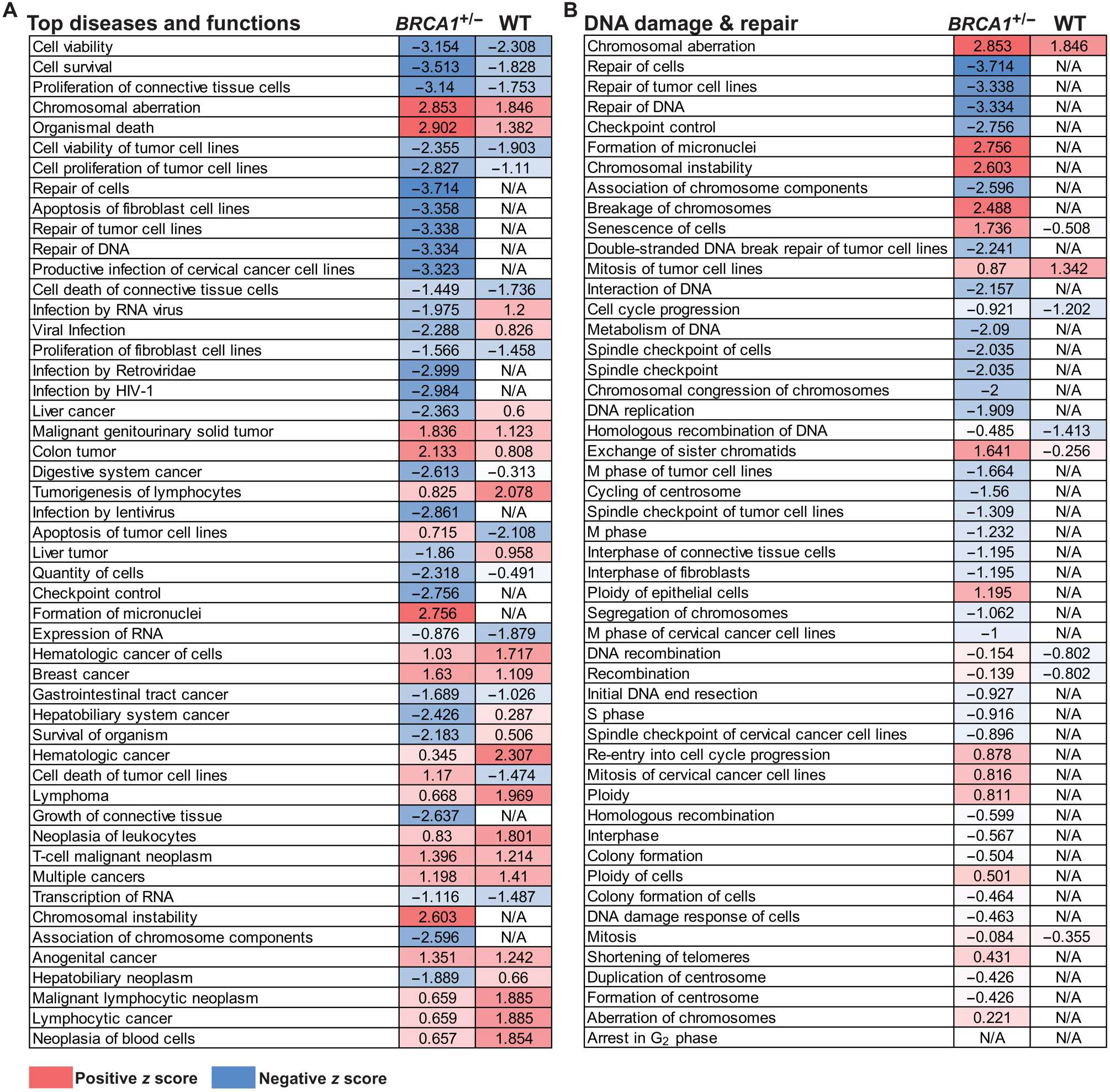Fig. 5. Breast adipose CM from women with obesity regulates gene expression and pathways associated with DNA damage and repair more robustly in BRCA1+/− MCF-10A cells compared with WT MCF-10A cells.

(A) MCF-10A cells carrying a heterozygous BRCA1 mutation (BRCA1+/−) or WT for BRCA were treated with breast adipose CM from women with BMI ≥ 30 (n = 3) or BMI < 25 (n = 3) for 24 hours. RNA-seq was conducted followed by IPA analysis of differentially expressed genes in BMI ≥ 30 relative to BMI < 25 CM-treated cells. Top 50 regulated “Diseases and Functions” are shown with corresponding activation z score in BRCA1+/− versus WT cells. (B) Diseases and functions were filtered to show pathways involved in DNA damage and DNA repair. Activation z scores are color-coded as heatmaps, with gradations of red representing a positive z score and gradations of blue representing a negative z score. Significantly regulated pathways as defined by −log (P value) > 1.3 are shown. Pathways with cells showing no color and a not applicable (“N/A”) z score were not significantly regulated.
